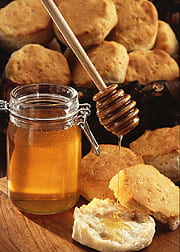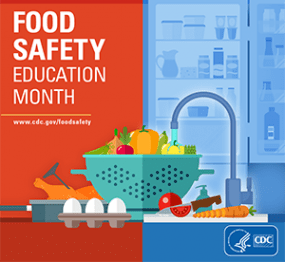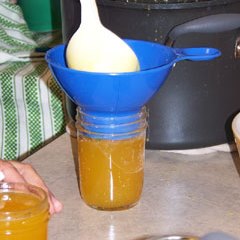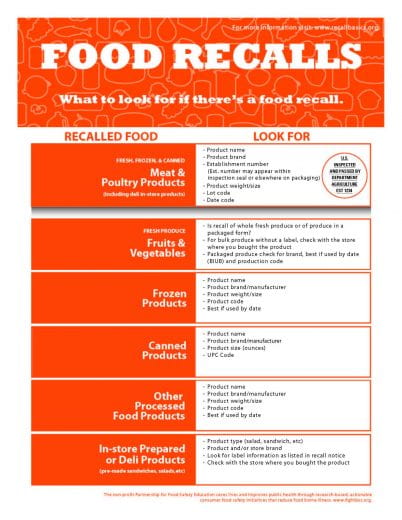
If you see something, say something. That statement holds true for many situations, including food tampering. We live in a world that causes us to be more cautious in our daily routines.
In this buyer beware world, here are some tips when grocery shopping.
- Carefully examine all food product packaging. Be aware of the normal appearance of food containers. That way you’ll be more likely to notice if an outer seal or wrapper is missing. Compare a suspect container with others on the shelf.
- Check any anti-tampering devices on packaging. Make sure the plastic seal around the outside of a container is intact or that the safety button on the lid of a jar is down.
- Don’t purchase products if the packaging is open, torn, or damaged. This includes products on the shelf or in the refrigerator or freezer sections of the grocery store.
- Don’t buy products that are damaged or that look unusual. For example, never purchase canned goods that are leaking or that bulge at the ends. Likewise for products that appear to have been thawed and then refrozen.
In Kansas, report any food problems at www.foodsafetykansas.org/.
Source: https://bit.ly/2MARw2f




